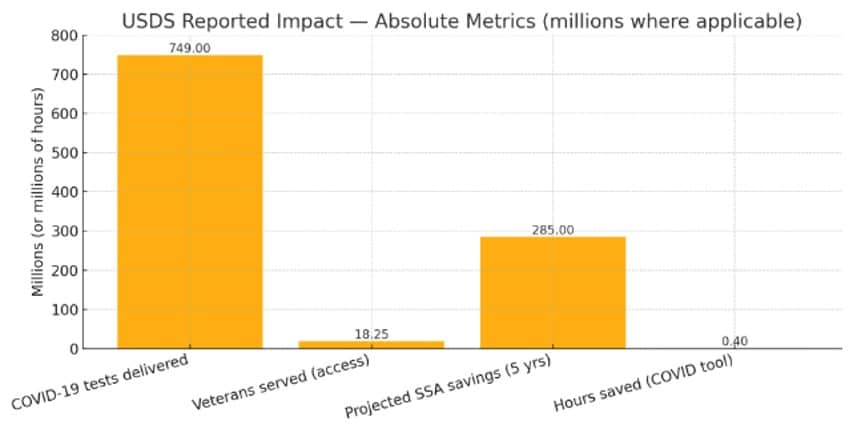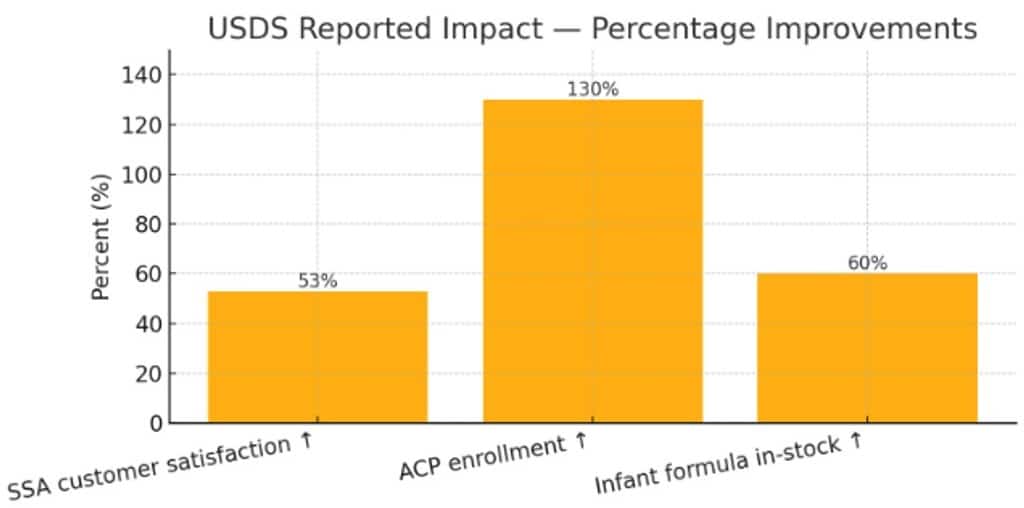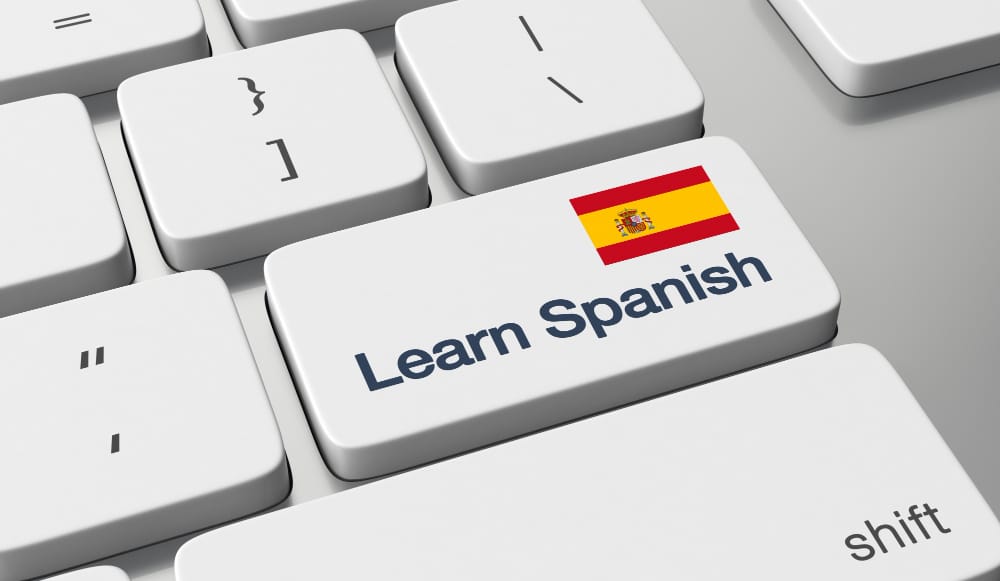Care Coordinator vs Case Manager: What’s the Difference?
latinopro
on
August 14, 2025

Care Coordinator vs Case Manager
Care Coordinator vs Case Manager: What's the Difference?
If you’ve been wondering how a care coordinator vs case manager differ, you’re in good company. Both of these roles play a critical role in the healthcare system and across various healthcare settings by helping healthcare providers shepherd patients through multifaceted medical, care management, and support care. Though they both aim to enhance patient care, their tasks, training, and emphasis can be quite different, with case managers often covering a broader range of responsibilities .By knowing these differences, you’ll be able to recognize who to go to for the appropriate care management and case management services within a holistic approach.
Healthcare providers and patients alike are helped by the knowledge of how a case manager uses case management and care management to operate effectively for patients healthcare dealing with chronic illnesses, often with support from a care manager. These professions frequently work together as part of the healthcare team to deliver the best possible health outcomes within complex systems using meticulous planning, treatment strategies, care management, and connecting patients to local society resources.
Table of Contents
What Does a Care Coordinator Do in the Healthcare System?
A care coordinator attempts to link patients to appropriate health services and support services within the healthcare system and in different healthcare settings. They frequently serve as the primary contact for medical appointments, referrals, medication management, and social work coordination as part of effective care coordination, often in collaboration with a case manager, reflecting the collaborative nature of their work. They seek to ensure that patients have what they need for well-being and better patient care, working closely with a care manager to achieve optimal health outcomes, just as case management focuses on removing barriers to treatment, while case managers focus on coordinating specialized services through coordinated care management efforts.
In the majority of healthcare environments, care coordinators concentrate on enhancing communication and information sharing among patients, families, and healthcareproviders navigating complex systems, and the care manager. They excel at information exchange, care management, and care coordination, connecting patients with nearby resources, local resources, social services, and community resources to foster enhanced patient impro while case managers focus on more complex medical needs.
How Does a Case Manager Support Patients with Complex Needs?
A case manager or care manager usually deals with more complicated medical ailments and long-standing diseases like heart disease or mental illness. His job entails need assessment, care plan development, care management, care coordination, and providing necessary services, and he is well versed in each of these areas. Case managers deal with longer-term solutions, including care coordination, to improve or sustain the patient’s health.
In case management, the practitioner, often a case manager or care manager, can work with social workers, mental health professionals, and home health staff nurses. They may deal with health insurance, legal issues, legal processes, healthcare expenses, and care management strategies — all aspects that case managers focus on to ensure the patient receives personalized care management services.

How Do Care Coordinators and Case Managers Work Together?
A care coordinator and a case manager play parallel roles, particularly in chronic issues case management care cooperation. They both target overseeing patient progress, with support from a care manager, minimizing healthcare expenses, and remaining patient-centered, reflecting how care management focuses on patient-centered outcomes and in social workers.
When a care coordinator and case manager work together, they assist patients to transition with ease within complicated systems of health care, social work, and social support through strong care coordination. In doing so, they provide a firm support system and utilization of available resources for the patients.
Which Role Spends More Time Coordinating Services?
Care coordinators are experts at coordinating services such as arranging tests, arranging specialist visits, connecting with support services, and ensuring that treatment strategies are adhered to. They have extensive knowledge of care management centers and case management strategies that pertain to daily patient care activities, allowing them to monitor client progress effectively. They have extensive knowledge of care management centers, care manager practices, and case management strategies that pertain to daily patient care activities.

Case managers might adopt a more expansive range, though. They address the patient’s immediate and long-term needs, and they are good resource managers for patients who have multiple medical conditions and social support issues.
Understanding Care Coordination: How It Improves Patient Outcomes
Care coordination ensures that patients receive the right care at the right time. By connecting healthcare practitioners, social services, and community resources, care coordinators help improve patient outcomes and simplify complex healthcare processes.

Here’s Our Virtual Legal Assistant That Helps You Handle Legal Tasks with Ease
Case Management Explained: Roles and Responsibilities in Healthcare
Case management involves assessing patient needs, developing care plans, and monitoring progress. Case managers work closely with patients and providers to ensure comprehensive, long-term care for those with complex medical conditions.
Care Management Strategies for Patients with Chronic Conditions
Care management focuses on supporting patients with chronic issues through personalized treatment plans, regular monitoring, and coordinated services, which may vary depending on patient needs, to maintain health and prevent complications.
How Case Management Care Coordination Enhances Health Services
Combining case management and care coordination helps healthcare teams provide seamless services, improve communication among providers, and ensure patients receive timely and effective care. By integrating treatment plans, tracking client progress, and addressing potential barriers, this approach reduces hospital readmissions, minimizes medical errors, and creates a patient-centered care experience. Patients with complex or chronic issues particularly benefit from coordinated efforts, as it ensures that every aspect of their healthcare is managed efficiently and holistically.
“According to the National Academy of Medicine, effective care coordination and case management can reduce hospital readmissions by up to 35% and improve patient satisfaction scores by 20%.”
Source: https://nam.edu
The Role of Home Health Nurses and Care Managers in Patient Care
Home health nurses and care managers collaborate to deliver medical care, monitor patient progress, and provide support in a home setting, ensuring continuity of care and improved health outcomes. They not only administer treatments and medications but also educate patients and their families on disease management, lifestyle adjustments, and preventive care. Working closely with case managers, they help develop individualized care plans, coordinate with multiple healthcare providers, and address social or environmental factors that may affect a patient’s recovery or overall well-being. This hands-on support is essential for patients managing chronic conditions or recovering from serious illnesses.
Case Managers and Care: Supporting Patients with Complex Needs

Case managers and care professionals work together to address the medical, social, and logistical needs of patients, especially those with multiple or chronic health conditions. They coordinate appointments, manage treatment plans, and connect patients with necessary resources such as social guide, community programs, and home healthcare. By collaborating closely with healthcare providers, families, and caregivers, case managers ensure that patients receive continuous, personalized care while reducing stress and confusion in navigating the healthcare system. This comprehensive support improves health outcomes, enhances patient satisfaction, and helps patients maintain a higher quality of life.
When Should You Seek a Care Coordinator vs a Case Manager?
If you require assistance with managing appointments, comprehending directions from physicians, or locating community resources, a care coordinator can be most suitable. They assist in services that enhance patient improvement, monitor patient progress, connect you with a care manager if needed, and refer you to local social services.
If your requirements entail various healthcare professionals, legal procedures, or long-term conditions needing complicated care plans, a case manager could be the best option. They are very skilled at care management and case management for patients with complicated needs and medical illnesses while helping manage healthcare costs.
What Are the Benefits of Understanding These Roles?
Understanding the clinical services coordinator vs case manager difference enables patients, families, and healthcare providers to make improved care choices. It guarantees the correct professional performs the correct task for the patient’s health.
Defining the roles clearly can enhance the quality of healthcare, avoid duplication of services, and increase the support structure. Whether you are dealing with health insurance, managing chronic conditions, or navigating case management, learning these roles gives you the power to access proper assistance.
Final Thoughts: Selecting the Right Support for Your Health
The distinction between a case manager and care coordinator is small, but it can make a huge difference in your wellbeing. Both act to link patients to healthcare professionals, much like a care manager, lower the cost of healthcare, and achieve the best possible outcomes in terms of healthcare.
If you or someone you care about are working your way through entangled systems of healthcare, take the time to learn about each role. The appropriate help can provide improved progress for patients with complex medical conditions and a higher quality of life.
Ready to take the next step?
Book now!
Discover more Amazing Blogs
A quiet brilliance unfolds as you step into this blog — like opening a window to a calm, sunlit morning where each idea arrives with purpose and grace. Every article feels like a conversation with a trusted guide, gently helping readers rediscover the art of working smarter, not harder.
Venture further, and you’ll find content tailored to both the seasoned entrepreneur and the rising virtual professional. From legal offices to real estate teams, each post offers insight crafted with experience, care, and a deep understanding of what modern work truly needs.



































